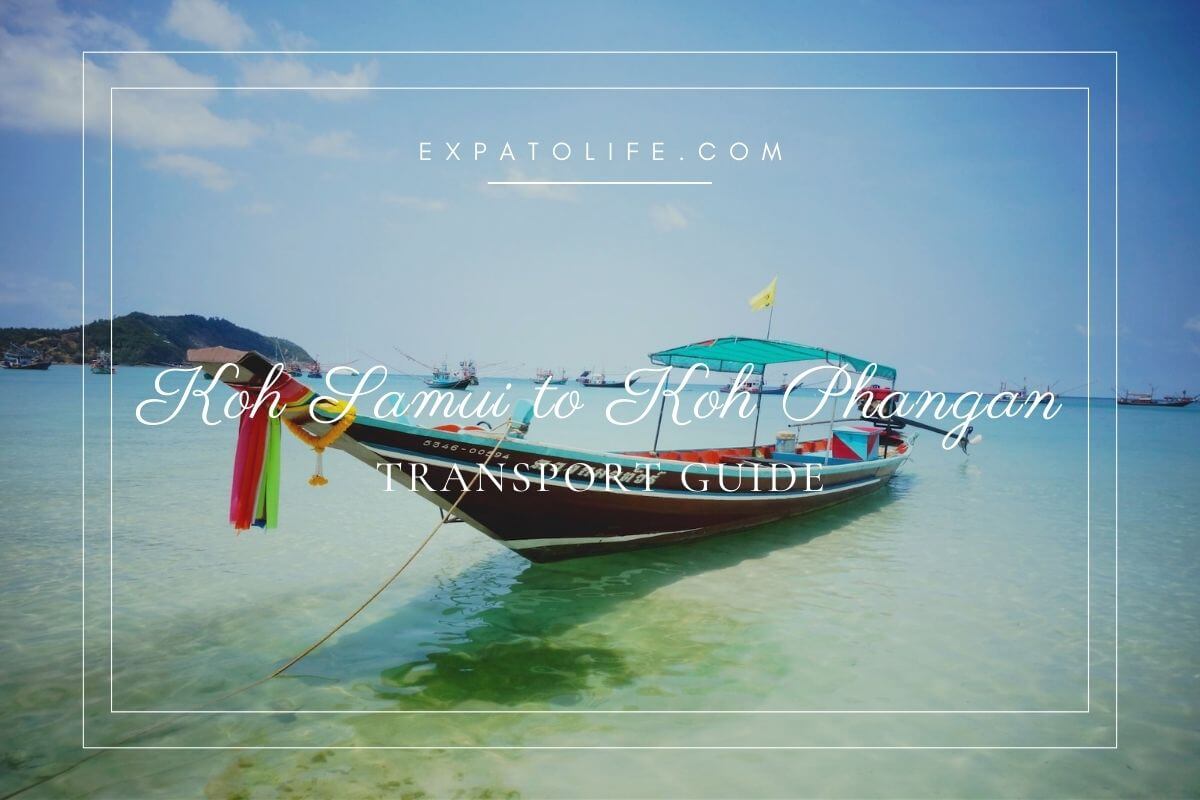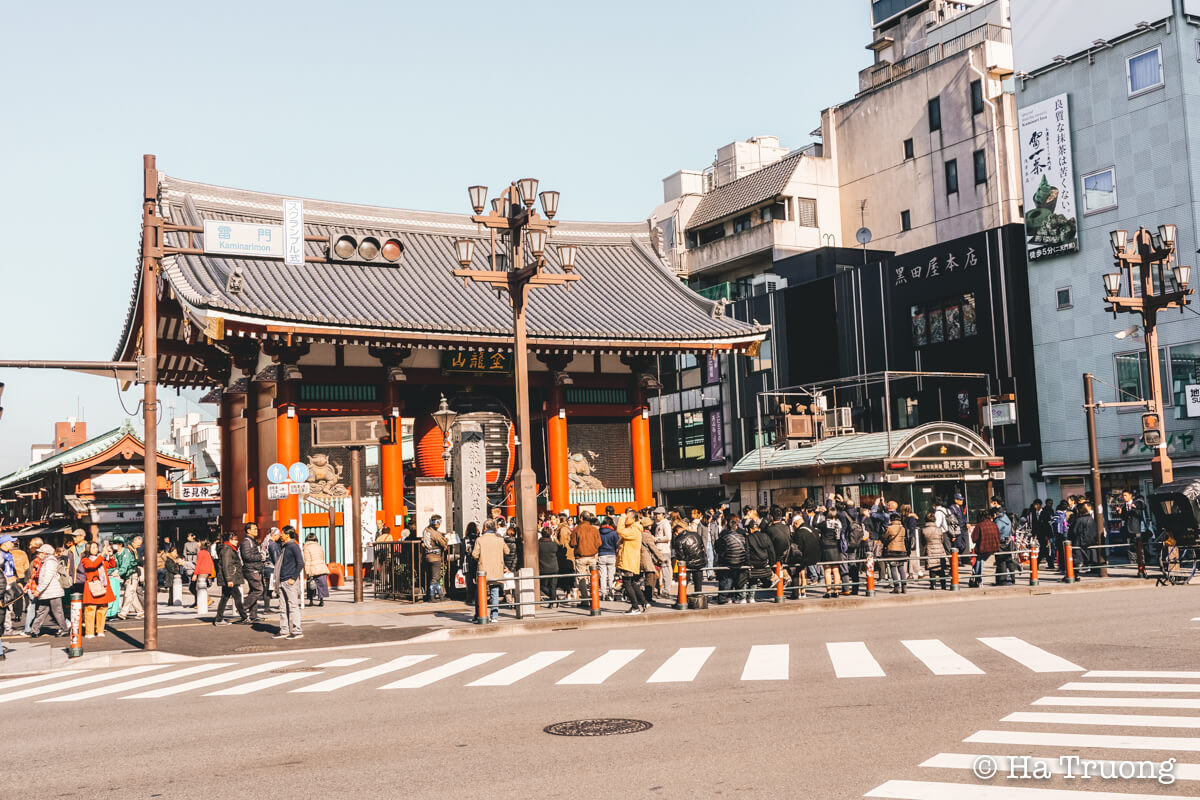12 Beautiful Onsen Towns In Japan For A Relaxing Vacation
Imagine soaking in a naturally heated bath surrounded by breathtaking landscapes in Japan. If this sounds enticing, then you’re in for a treat. In this travel guide, I’ll share some of the best onsen towns in Japan, each one offering a unique blend of thermal springs, delicious local cuisine, beautiful architecture, and intriguing local culture.
Beppu Onsen, Oita
Beppu, an iconic name amongst Japan’s hot spring enthusiasts, is a treasure trove of over 2,000 hot springs.
The unique variety here is astounding, ranging from crystal clear waters to those resembling a muddy pudding consistency, all with distinctive healing properties.

And then, there’s the “Hells of Beppu” – seven unique hot springs that are too hot to bathe in but are an incredible sight to see.
Steam rises dramatically from cobalt blue and bloody red ponds, a surreal sight you won’t forget anytime soon.
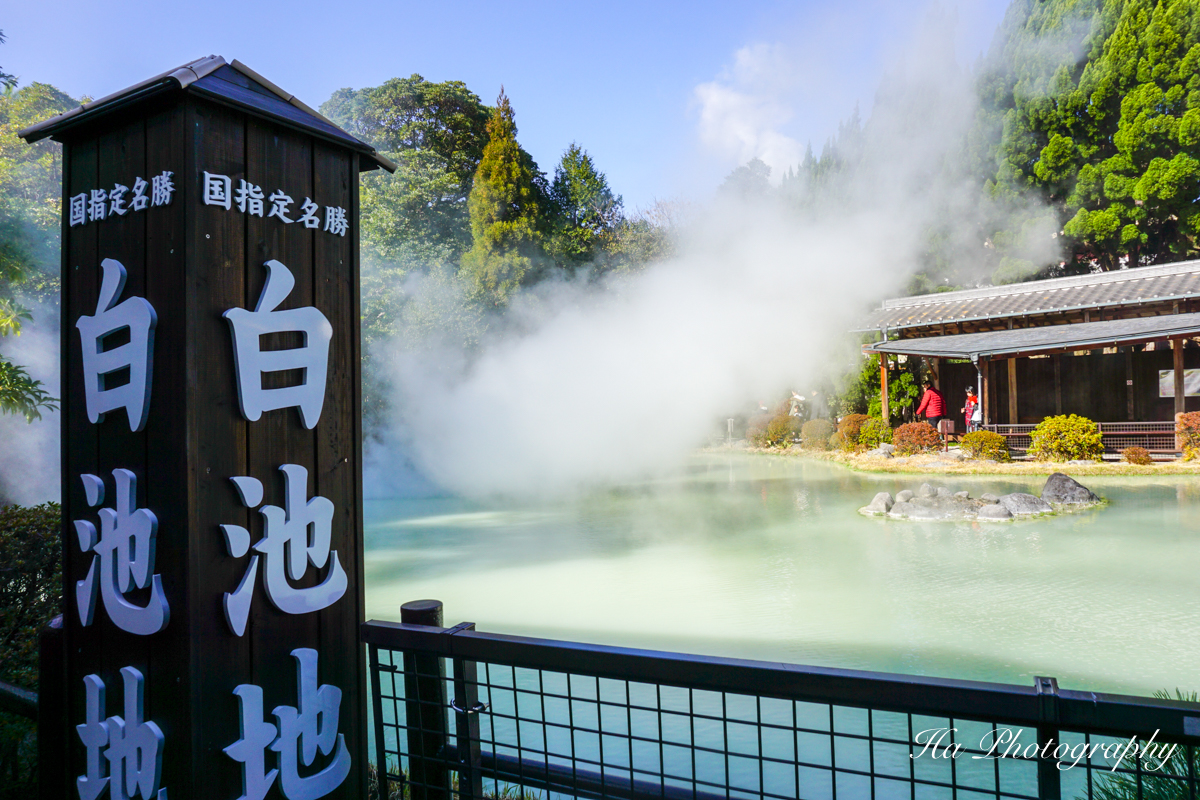
A must-try is the sand bath experience, where you’ll be wrapped like a delightful sushi roll in naturally heated sand on the beach!
Follow that up with a steam bath that utilizes steam generated from the underground hot springs, and you’ll feel your fatigue washing away.
Take some time to explore the local culture as well. I’ve found Beppu to be an absolute food haven.
Try the local delicacies like chicken Kara-age and Jigoku-mushi Pudding (a steamed egg pudding); I guarantee you’ll fall in love with them.
And when it comes to accommodation, I’d recommend a traditional ryokan where you can enjoy hot spring baths with stunning sea or mountain views. Yamada Bessou and Kannawaen are some of the best ryokans in Beppu.
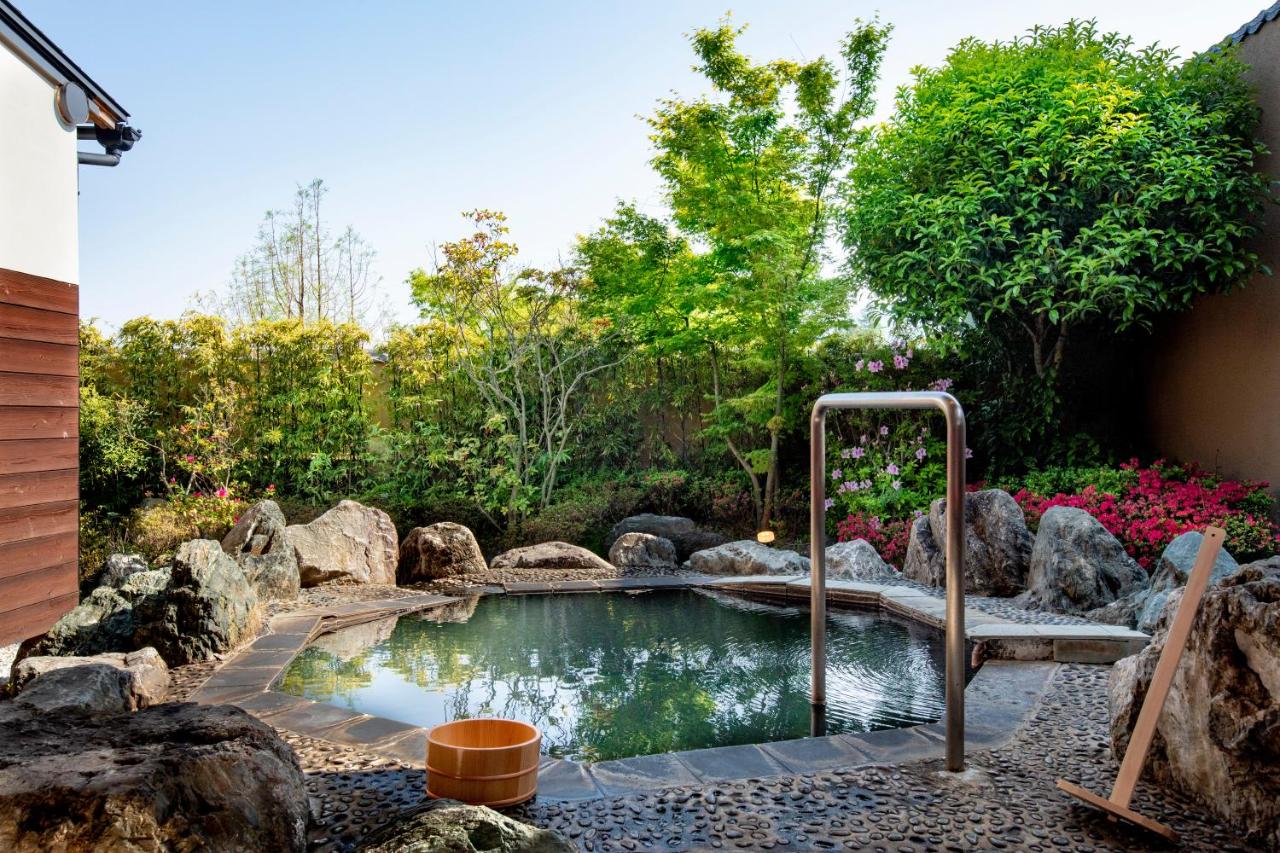
A bonus tip: I suggest visiting in April to witness the captivating Beppu Onsen Festival, where you’ll see local cultural performances and can participate in fun games. It’s also a perfect time for Hanami – sakura viewing.
Yufuin Onsen, Oita
Tucked away in the mountains of Oita prefecture, Yufuin is like a beautiful painting that comes to life.
It offers a more tranquil escape compared to its bustling cousin, Beppu. What I love about Yufuin is that it feels like a well-kept secret, away from the maddening crowd.
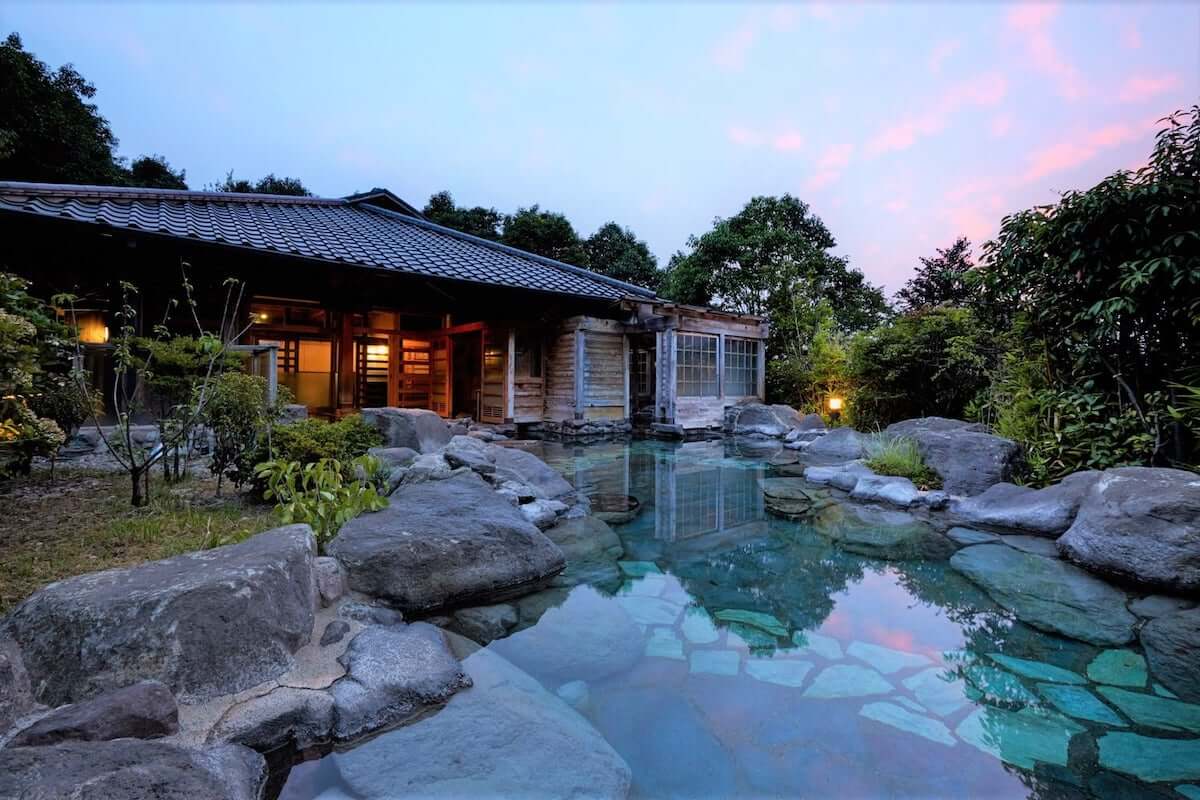
This onsen town is home to some of Japan’s most serene hot springs. Whether it’s a public bath where you can mingle with locals or a private bath for a more intimate experience, Yufuin has got you covered.
While Yufuin can be an easy day trip, stay overnight at one of the ryokans in Yufuin to enjoy the fullest. Baien, Gettouan, and Yawaragi-no-Sato Yadoya are my favorites.

Don’t forget to take a stroll around the gorgeous Lake Kinrinko afterward. The misty morning view over the lake is worth waking up early for!
Wandering around Yufuin town is also a treat. You can find several local shops with beautiful souvenirs to bring home.
Local dining is also a treat here; try Bungo Beef, a famous local delicacy.
Kusatsu Onsen, Gunma
Located in the mountains of Gunma prefecture, Kusatsu onsen is famous for its hot springs, said to cure every ailment except lovesickness!
The historical tale of a wounded samurai discovering its healing properties adds a fascinating layer to your visit.

A famous attraction in Kusatsu is the Yubatake, the town’s symbol and the source of its hot spring water. The wooden channels and the steam rising from the waters give it an otherworldly appeal.
The surrounding streets are filled with enticing aromas from local food stalls. Try the Yumei-mushi, a dish steamed using the hot spring’s heat.

What I find truly unique is the Yumomi performance, a traditional method of cooling down the hot spring water. Accompanied by an enchanting folk song, local women perform Yumomi, stirring the water with large wooden paddles.
It’s truly mesmerizing to watch and is definitely a must-see. You can watch or even join in the fun and try Yumomi for yourself at the Netsunoyu bathhouse.

The sheer diversity of baths at Kusatsu is mind-boggling. There’s something soothing for everyone, from the novice to the seasoned onsen-goer.
The best way to experience it is to stay at one of the Ryokans in Kusatsu, where you can enjoy onsite onsen. My favorite ones are Tokinoniwa and Osakaya Ryokan.
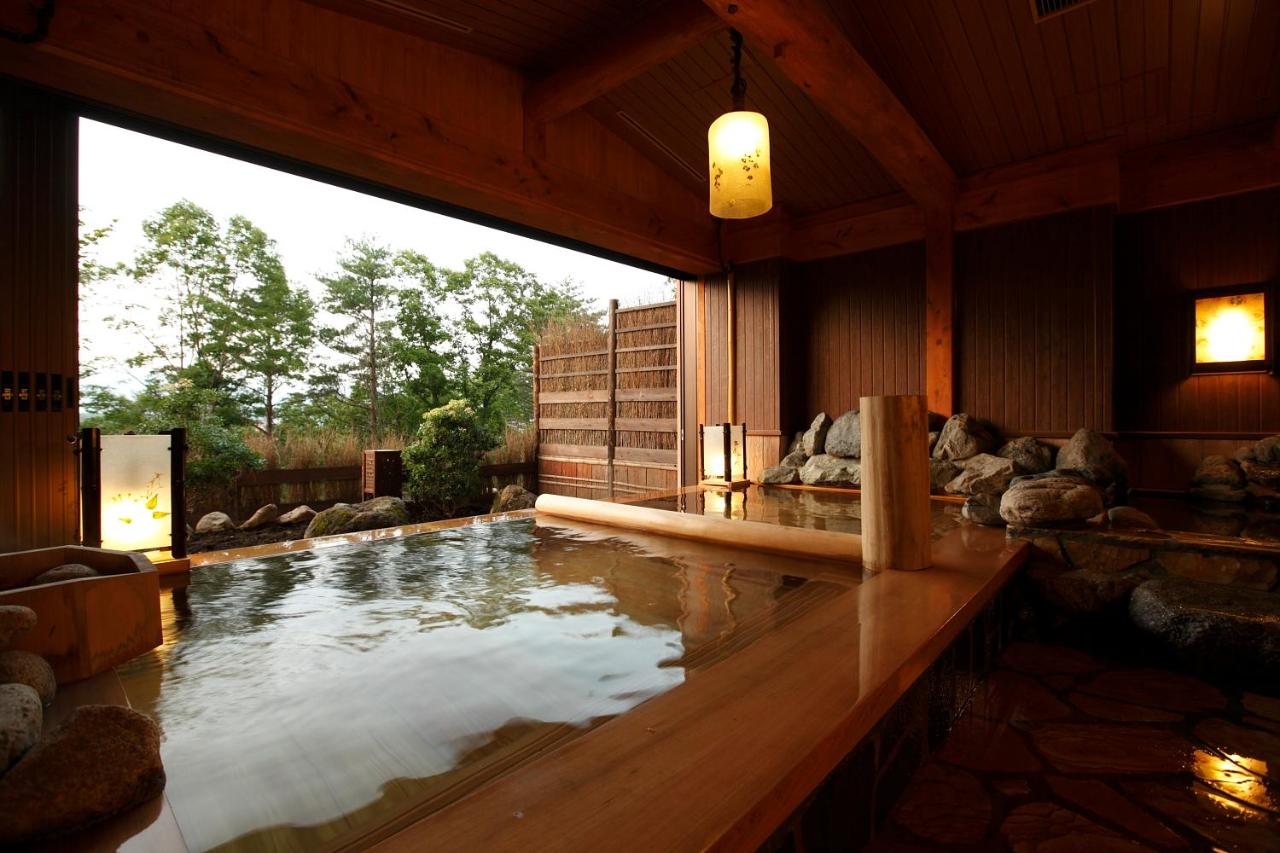
If you’re a hiking enthusiast, you’ll appreciate that Kusatsu is the gateway to the Joshinetsu Kogen National Park, which offers stunning landscapes and hiking trails.
In the winter, Kusatsu is an excellent base for skiing. Don’t miss out on experiencing a soothing hot spring bath after a day on the slopes!
Hakone Onsen, Kanagawa
Hakone is a treasure trove of natural beauty, complete with an active volcano, Lake Ashi, and lush greenery. However, it’s the onsen, or hot springs, that make Hakone truly special.

The best way to experience Hakone is via the Hakone Round Course, a sightseeing route with a scenic train ride, a boat trip on Lake Ashi, and a ride up Hakone Ropeway to the volcanic Owakudani Valley. The best part? You can enjoy onsen at multiple spots along this route.
Note: You should get a Hakone Free Pass to travel hassle-free and save on transportation costs.
One of my favorites is the Gora Kansuiro, a ryokan with onsen set amidst lush green forests, where you can relax while admiring the greenery.
For a more intimate experience, try a hot spring bath at Kijitei Hoeiso ryokan, where you can soak in leisure while gazing at the starry night sky. Check out more Ryokans in Hakone here.
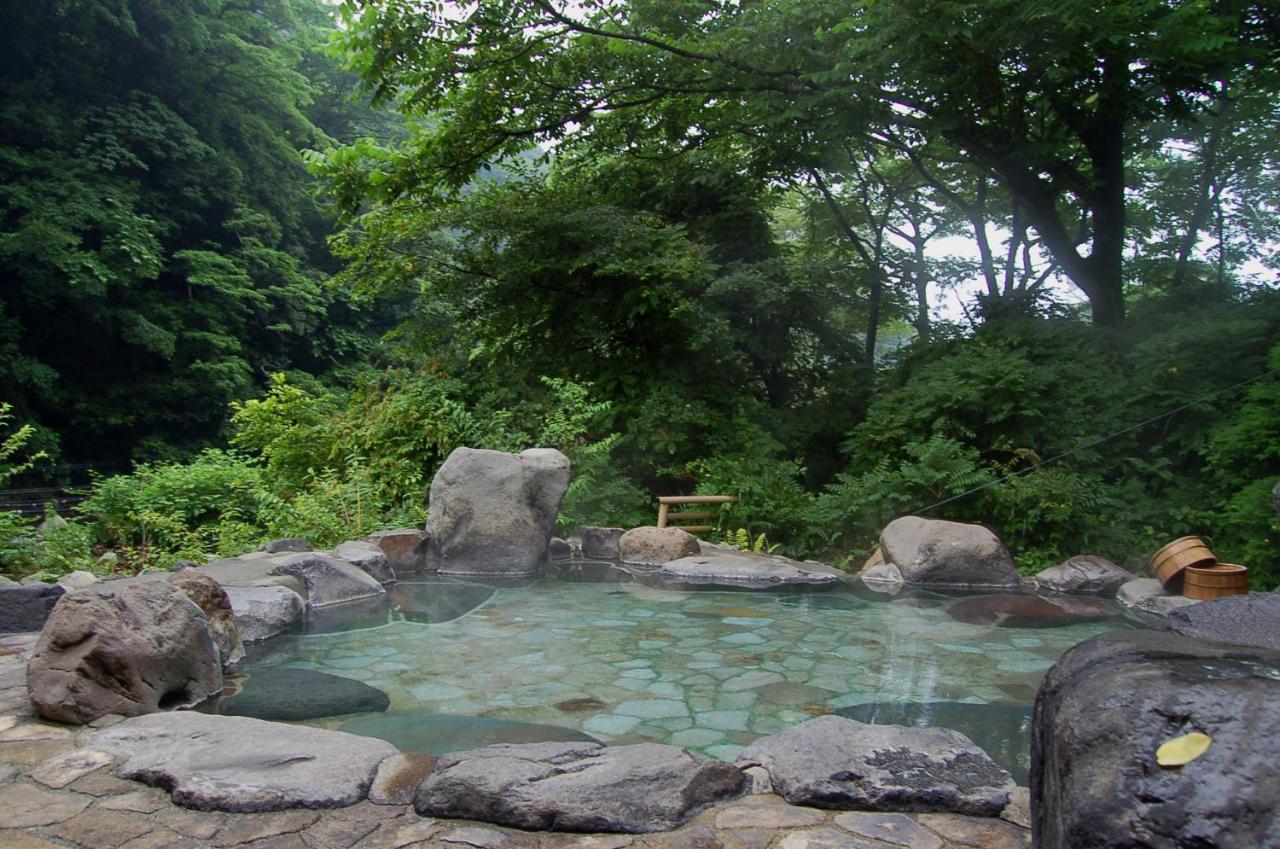
Food is an integral part of the Hakone experience. The black eggs or Kuro-tamago, boiled in the volcanic waters of Owakudani, are a must-try! Eating one is said to add seven years to your life.
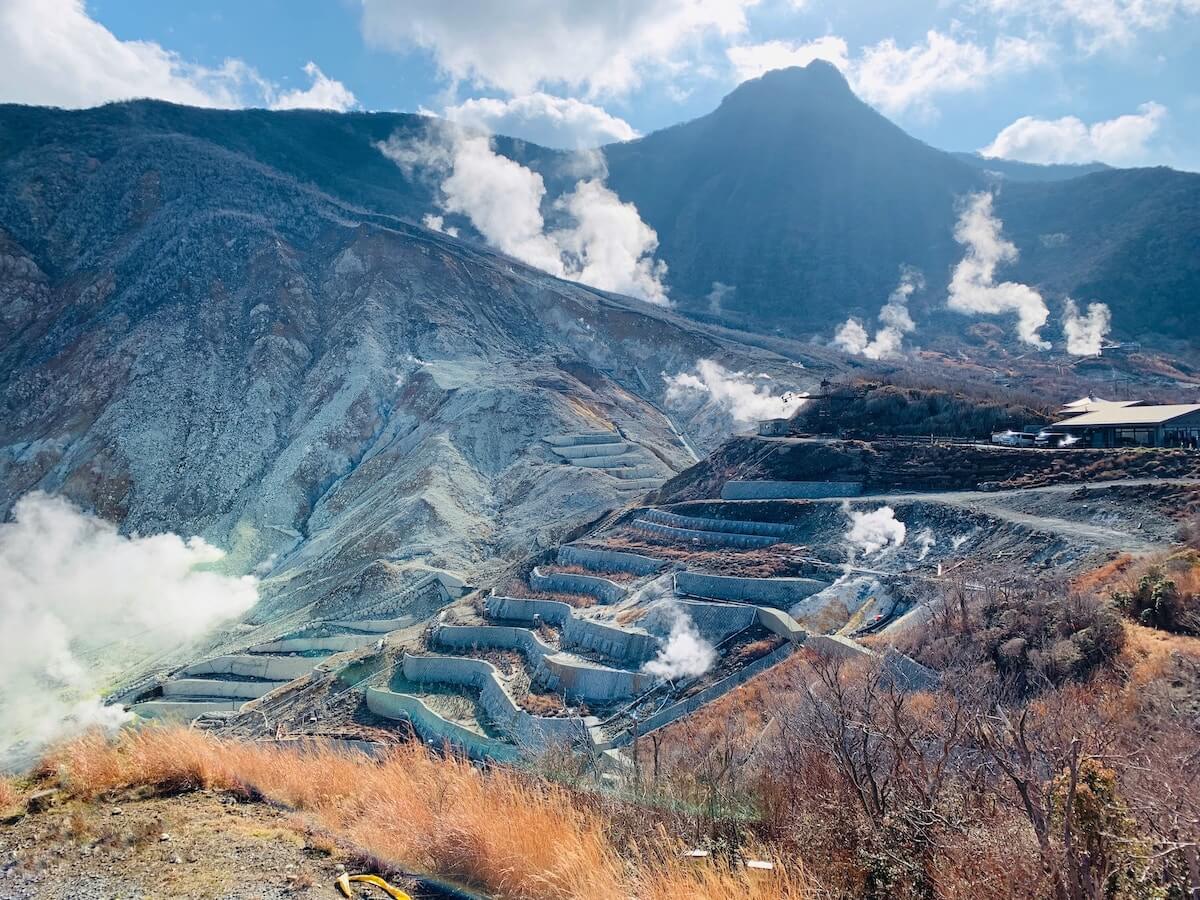
While exploring, don’t forget to try out local treats like the Yosegi Zaiku, a traditional marquetry craft, as souvenirs.
Kurokawa Onsen, Kumamoto
Nestled in the mountains, this charming onsen town offers an unparalleled traditional experience.
Picture yourself soaking in the natural hot springs, letting your worries melt away as you take in the stunning mountain vistas.
The soothing rustle of leaves and the gentle gurgling of the river add an extra dimension to the experience.
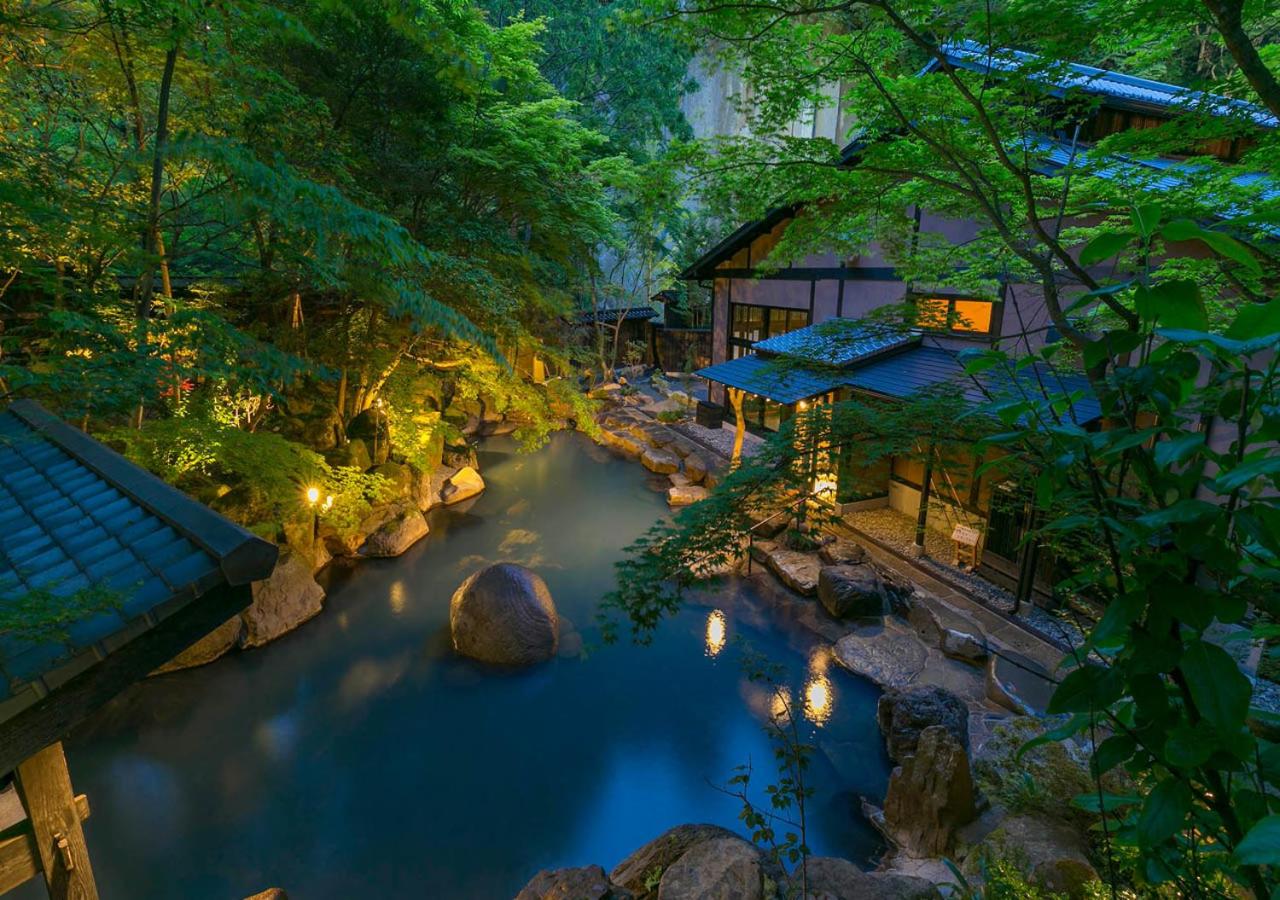
What I also love about Kurokawa Onsen is the old-world charm.
Traditional ryokan inns and rustic wooden bathhouses line the streets, creating a warm, welcoming atmosphere.
No towering skyscrapers or busy crowds here; it’s just you and the serenity of nature.
I love the bath at Ryokan Kurokawa-So with its open-air setting. Also, have you ever tried bathing in a cave? Yama no Yado Shinmeikan offers a unique chance to do so!

Here’s my little tip – don’t miss out on the “Nyuto Tegata” pass. It’s a fantastic deal that lets you enjoy several onsen baths at a discounted price.
Plus, it’s an excellent opportunity to experience different spring baths, each with its unique minerals and temperatures.
On your exploration, make sure you indulge in local delicacies like horse sashimi and Kumamoto ramen. They’re absolutely delicious!
Noboribetsu Onsen, Hokkaido
Considered one of Japan’s “three great onsens,” Noboribetsu is truly a marvel of nature.
As soon as you step foot in this town, you’ll be greeted by the intriguing, distinct sulfuric scent wafting through the air – a telltale sign of the mineral-rich onsens that have made Noboribetsu famous.

The smell might take a moment to get used to, but the healing properties of these waters are worth it!
For a pleasant stay in Noboribetsu, check out Ryotei Hanayura and Takinoya Bekkan Tamanoyu.

Don’t miss out on the Jigokudani (Hell Valley) walking trail, which leads you through a stunning landscape of boiling sulfuric hot springs and steaming vents.

I recommend visiting during the colder months. The stark contrast of the steam rising against the snow-covered ground is stunning!
You can also visit the nearby Jigokudani Monkey Park, where Japanese macaques soak in their hot springs.

When it comes to food, Hokkaido is known for its seafood. You should try the Hokkaido king crab or any of the locally caught sashimi.

If you have a sweet tooth, Hokkaido’s famous soft-serve ice cream is a must-try! The rich, creamy flavor of the ice cream is the perfect treat after a long day of exploring.
My pro tip for Noboribetsu? Try and visit during the shoulder seasons (spring and fall). The town is just as beautiful but far less crowded!
Dogo Onsen, Ehime
Steeped in history, Dogo Onsen in Ehime is renowned as one of Japan’s oldest hot springs.
There’s something truly amazing about soaking in the same waters that have served emperors, samurais, and literary greats for centuries.

Plus, here is an interesting fact for anime lovers. One of Dogo’s main bathhouses, Dogo Onsen Honkan, served as an inspiration in the movie “Spirited Away” by Hayao Miyazaki!
Its architecture is nothing short of impressive, reminiscent of a castle. Its interior is a maze of stairways and rooms leading to various baths, including the Yushinden, an exclusive bath previously used by the Imperial Family.

Exploring the town of Dogo Onsen is an adventure in itself. The streets are dotted with traditional shops selling beautiful Ehime crafts and local treats.
While in the area, try local snacks like “Mushi-pan” – steamed buns filled with a delicious sweet or savory filling.
But the wonder of Dogo Onsen extends beyond hot springs and food. The Dogo Onsen area is surrounded by lush hills and parks, perfect for strolls.

Adjacent to Dogo Onsen is Dogo Park, which features the remains of Yuzuki Castle and a beautiful garden where you can see cherry blossoms in the spring.
If you’re an art lover, you can’t miss the Dogo Onsen Art, a unique event that blends art installations with hot springs. It’s a truly immersive and interactive experience.
Kinosaki Onsen, Hyogo
Step into the charming town of Kinosaki, and you’ll feel like you’ve been transported back to Japan’s Edo period.
Kinosaki’s main street, lined with willow trees and traditional wooden buildings, offers a picturesque view straight out of a storybook.

One of my favorite things to do in Kinosaki is simply stroll around town in a traditional yukata (summer kimono). Most ryokans in the town provide yukatas to their guests, so don’t miss out on this experience!
Some of the most beautiful ryokans in Kinosaki Onsen are Mikuniya, Onishiya Suishoen, and Nishimuraya Honkan. They all feature natural hot spring baths, so you can relax in comfort.

Another thing I love about Kinosaki Onsen is its seven public bathhouses. Each bathhouse has its own unique charm, from the grandeur of Kouno-yu to the more intimate, rustic atmosphere of Goshono-yu.
Don’t forget to pick up a “Yumepa” pass, which gives you unlimited access to all seven for a day!
Regarding food, the region’s specialty, Tajima beef, is a must-try. For seafood lovers, the locally caught crab served during winter months is a treat you won’t want to miss!
Ibusuki Onsen, Kagoshima
As you make your way south, the town of Ibusuki in Kagoshima Prefecture offers a truly unique onsen experience.
Instead of traditional hot springs, Ibusuki is famous for its naturally heated sand baths.
Just imagine being gently buried in warm, volcanic sand as you gaze out into the vast Pacific Ocean – it’s like your personal natural sauna!

In between sand bathing sessions, take a stroll along the beautiful natural beaches or visit the Chiran Samurai Residence District, where you can explore well-preserved samurai houses and gardens.
One culinary delight you can’t miss in Ibusuki is the locally reared Satsuma black pork. The meat is wonderfully tender and has a rich, intense flavor that’s worth trying.
Also, you can even try a local activity called “Kagami mochi,” where you make rice cakes by pounding rice with a giant hammer!

My top tip for a trip to Ibusuki? Make sure to wear loose clothing for the sand bath experience and stay hydrated – the heat can be intense!
Atami Onsen, Shizuoka
Atami Onsen in Shizuoka is a historic onsen town with a vibrant and modern atmosphere.
What I love about Atami is the abundance of foot baths scattered throughout the town.
Just imagine walking around the bustling city and coming across a warm, inviting foot bath – it’s the perfect way to rest your feet!

As for sightseeing, Atami is abundant. Atami Castle, perched high above the city, provides a fantastic viewpoint over Sagami Bay and the surrounding area.
Close by, you’ll find the Kinomiya Shrine, famous for its massive 2000-year-old sacred tree. You can also stroll along Atami Sun Beach and enjoy the sea view.

Visitors often visit the MOA Museum of Art, which houses a treasured mix of Japanese and East Asian art, including rare tea ceremony utensils and ancient Buddhist statues.

Foodies are in for a treat in Atami. The city is famous for its “Shirasu-don”, a dish made with tiny whitebait fish served over rice.
Also, Atami offers excellent choices of seafood and sushi, thanks to its coastal location.
Tip: If you visit Atami in February, don’t miss Atami Baien Plum Garden. Over 500 plum trees burst into full bloom, transforming the garden into a pink paradise.
Gero Onsen, Gifu
Tucked away in the scenic valleys of Gifu Prefecture, Gero Onsen is a haven for hot spring lovers.
Surrounded by the pristine beauty of the Japanese Alps, this quaint town has been a go-to destination for relaxation and rejuvenation since the 10th century.
The minute you step off the train, you’ll be enveloped in a tranquil atmosphere that makes you want to breathe deeper and walk a little slower.

Gero Onsen’s waters are renowned for their therapeutic effects, often referred to as “the spa of beauty” for their skin-smoothing properties.
The waters are alkaline-rich, leaving your skin feeling silky smooth after a soothing soak.

Three public bathhouses, known as the “Hotspring of the East,” “Hotspring of the West,” and “Open-Air Bath,” offer easy access to these healing waters.
But that’s just the start of the bathing opportunities. Numerous ryokans in Gero are generously scattered across the town, each providing unique private onsens for their guests.

But Gero Onsen is not just about bathing. This charming town is rich in traditional culture.
The Gassho Village, an open-air museum of gassho-style farmhouses, offers fascinating insights into Japan’s rural past.
Also, the nearby Hida Folk Village is a must-visit, showcasing more than 30 traditional houses from the Hida region.
Culinary experiences are abundant in Gero. The town is particularly renowned for its Hida beef, a local delicacy similar to Kobe beef, known for its marbled texture and intense flavor. Whether you try it as Yakiniku (grilled meat) or in a hotpot, it’s an experience not to be missed.
Ginzan Onsen, Yamagata
If you love traditional Japanese architecture and picturesque scenery, Ginzan Onsen in Yamagata is the perfect spot.
This charming town is known for its historic ryokan inns and hot springs, all set against the beautiful snow-covered mountains.
What makes Ginzan Onsen unique is its beautiful wooden buildings, which date back to the Edo period.

You’ll feel like you’ve stepped back in time as you wander through the narrow streets and alleyways, admiring the lanterns and wooden bridges.
And the hot springs here are top-notch, with several different options to choose from. Some ryokans in Ginzans, such as Ginzanso, offers on-site hot spring bath.

One of my favorite things to do in Ginzan Onsen is visiting the local public bathhouse. The stunning wooden structure with a thatched roof is home to some incredible natural hot springs.
Soaking in the mineral-rich waters while soaking up the mesmerizing view outside is a feeling that’s hard to describe.
The culinary adventure in Ginzan Onsen is rich and fulfilling. I’d recommend the Taro Potato Soup, or the Yamagata beef, known for its tenderness and exquisite marbling, is an absolute must-try for meat lovers.
If you’re there in the winter, the locally brewed warm sake is the perfect companion to your meal.
One thing to remember is that Ginzan Onsen is a popular tourist destination, so it can get crowded during peak season.
I recommend visiting during the off-season or booking your accommodations well in advance to ensure availability!
Frequently asked questions
Are foreigners welcome in an onsen?
Yes. Foreigners can go to the onsen anytime. In fact, many onsen towns in Japan have been catering to foreign tourists for years. However, it is important to remember to follow the onsen etiquette and customs to show respect for the local culture.
How much is an onsen bath in Japan?
The price for an onsen experience in Japan can vary depending on the location, facilities, and season. Generally, you can expect to pay between ¥500 to ¥2,000 for a simple hot spring bath. If you plan to stay in a ryokan with onsen baths, it can cost upwards of ¥30,000 per night! Some onsens also offer packages that include meals and accommodations.
Is there mixed onsen in Japan?
Yes, Japan has mixed onsens, but they are relatively rare. Most onsens have separate facilities for men and women, so no worries! However, a few mixed-gender onsens cater to couples or families. You should check before visiting to avoid any surprises. My Japanese friends said they tried out mixed onsens, but it was quite awkward.



